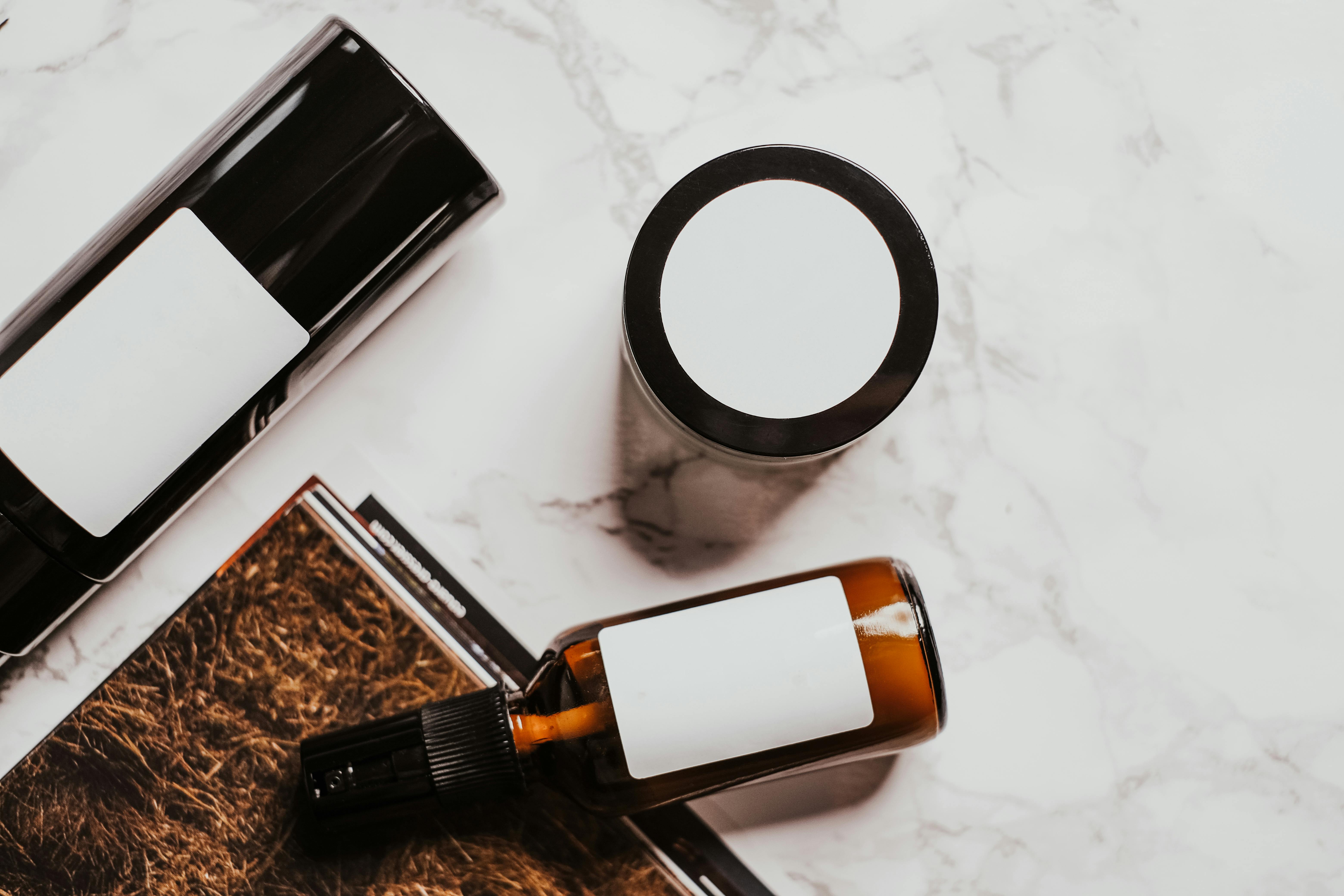How to feel and heal your negative emotions
Transforming emotional wounds
When was the last time you experienced a negative emotion, and how did it feel? Was it fear, anxiety, guilt, anger, or something else? Having identified the emotion, how did you handle it? Did you fully experience it? Or did you object to the emotion? It’s fair to say that many people are not used to dealing with negative emotions because they don’t teach us how to process them. To complicate matters, we receive instructions from parents or guardians that it is not safe to express our negative emotions, so we hide them in the hope that they will go away. But we both know that negative emotions rarely go away, instead they return with greater force if they are not examined.
So how can we best deal with these emotions? Why did we experience them in the first place, and what are they for? It is important to realize that negative emotions can provide us with information about ourselves. I must be clear: I use the term “negative” emotion to distinguish it from a “positive” emotion. The term “negative” does not imply that the emotion is bad or that it should not be experienced. Negative emotions are useful emotions and should not be labeled as bad, otherwise we lose the messages they convey. Saving your emotions is like turning up the heat from boiling water and hoping it doesn’t overflow and cause fires and damage. This happens when we repress negative emotions, instead of processing them.
I have spent the better part of a decade processing my emotions on a deeper level. I wrote a book on transforming our emotional wounds called Awaken Your Authentic Self. Therefore, to heal our emotions, we must feel them, not ignore them or push them away. When I talk about feeling our emotions, I mean being with ourselves and processing them through somatic awareness. Therefore, if you are triggered by a negative emotion such as anger, create time to recall the emotion, focusing your attention on the physical sensations created in your body.
Processing stored emotional pain
There are many professors working in this area, who approach emotional healing from different perspectives, including a psychotherapy-based approach, CBT, mindfulness-based approach, or a combination of Eastern and Western approaches. One of my favorite teachers is Tara Brach, who created the RAIN method, which stands for Recognize, Allow, Investigate, Nurture. Tara’s method is one of many that you can find in well-resourced books, so I encourage you to do some research if you are interested. Similarly, if you are working with trauma-based emotions, it would be best to do so under the guidance of a trained mental health therapist.
So how do we experience negative emotions in a healthy way? What follows is a general guideline for safely processing emotions. This is important because it uncouples the emotions in our physical body, allowing the nervous system (mind-body) to process them.
-
First, create a safe sanctuary to process negative emotions. Don’t try this exercise with loud music or knowing that text messages or phone calls will distract you.
-
Shift to a comfortable, relaxed sitting position and take a few deep breaths. This can be done on a chair or on the floor. Make sure you are well hydrated and avoid consuming caffeine before exercise, as it will intensify your emotional reaction.
-
Focus on a negative emotion that you want to process. It can be anger, fear, anxiety, shame or guilt or whatever is important to you.
-
Allow the emotion to arise and direct your attention to the area of your body where the emotion lives. It can be your chest, abdomen, throat, or any other part of your body.
-
Observe the emotion and observe any thoughts or images that arise. Do not follow them, return to the site of the negative emotion in your body.
-
Continue to breathe deeply if the emotion feels overwhelming. This allows it to move through you, rather than getting stuck in your body.
-
Remember: it takes 2½ minutes for an emotion to move through your nervous system, according to neuroanatomist Jill Bolte Taylor.
-
Identify negative emotion by giving it shape, color, or intensity. For example, is it very hot or icy? Recently, while doing this practice, I identified despair as a negative emotion and remember that it is cold and hollow.
-
Once you have identified the negative emotion, sit with it until you feel the emotional intensity decrease. This may take a few minutes or more, but don’t rush the process. It is like sitting with another person and listening to them speak. I would not leave or interrupt them and the same goes for negative emotion processing.
Finally, I encourage you to do this practice on a daily basis, if you are really looking for inner peace and freedom. It can become one of the most liberating practices because it allows us to experience ourselves intimately. People have reported healing from long-standing physical illnesses, aches and pains in their body. However, it is not a guarantee that you will cure physical symptoms, but by processing stored emotional pain, it is possible that your physical symptoms will stabilize. Once again, I encourage you to work with a trained mental health therapist and trusted healthcare provider, if you experience physical symptoms or illnesses that require medical attention. This practice is a wonderful way to become intimate with ourselves and process past pain and hurts, so that we can break free once more.
